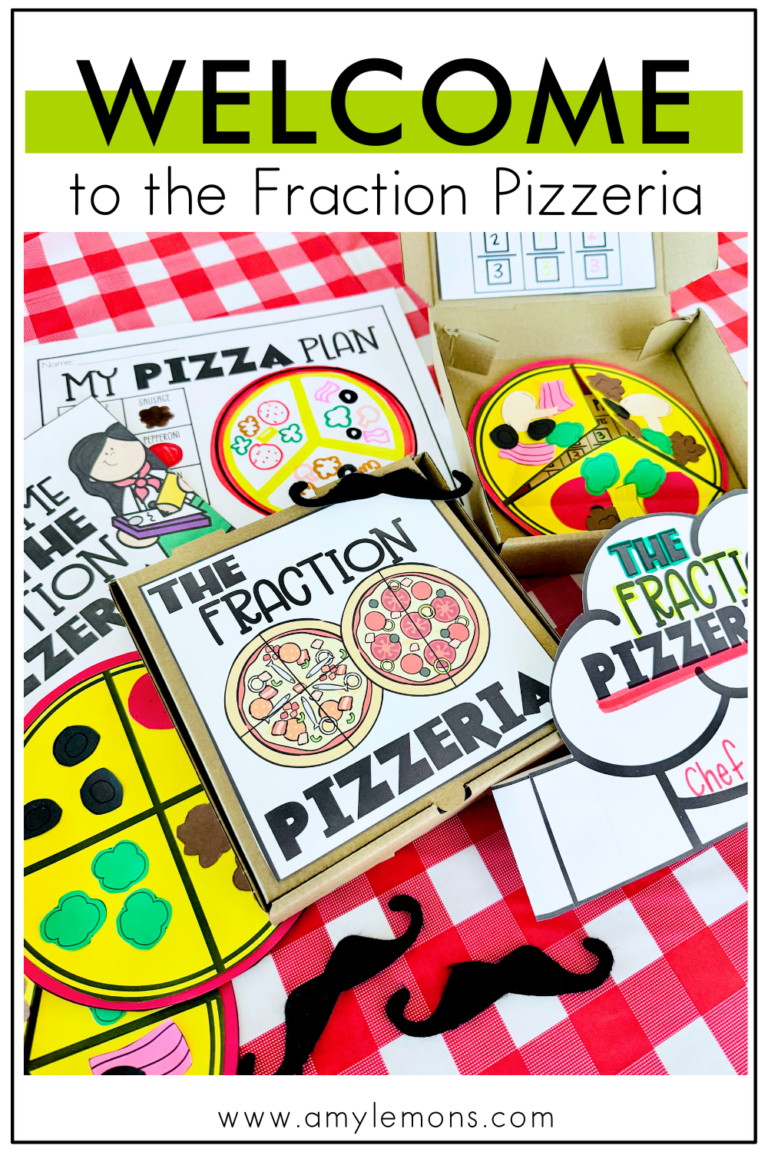

Thanksgiving is more than just food. It’s a time of togetherness, family, and engaging in traditions. Students aren’t always aware of how different Thanksgiving can look from household to household. Many Thanksgiving books can help peel back those expectations of holiday celebrations and allow students to appreciate its diversity. These picture books will help you promote those positive themes, and you can deepen student understanding with the help of Thanksgiving reading comprehension activities.
{Disclosure: Affiliate links have been used in this post, but I only share items I use and enjoy!}
In celebration of Native American culture, Fry Bread by Kevin Noble Maillard introduces the significance of fry bread within a modern Native American family at the helm, connecting the past with the present and celebrating both the similarities and differences within the culture.
This vibrant book is a great example of how simple food, like fry bread, can represent family, tradition, and unity during the holidays. And it opens up a great discussion for Making text-to-self connections.
As students read, encourage them to reflect on how their own family traditions, foods, or cultural celebrations bring loved ones together, just as fry bread does in the story. This helps students deepen their understanding by relating the themes of family and tradition to their personal lives.
As a follow-up activity, students will present their connection on a graphic organizer. Using the theme of food, students can highlight two food items they cook with family during Thanksgiving or any time of year!
We all know what it’s like being a kid during the holidays. Oh, how we long for the moments we can join in the festivities of the “big kids” and especially, the adults. Ethan, from the book Turkey Bowl by Phil Bildner, knows this all too well.
Ethan eagerly awaited the day when he was old enough to join his family’s annual Turkey Bowl football game. This year, Thanksgiving Day is supposed to be his big moment, but a blizzard changes everything, leaving him disappointed as his family can’t make it to the game.
As the story unfolds, Ethan transforms from feeling defeated to determined, finding a way to still play despite the circumstances. The way he changes throughout the story is a great example for teaching students the comprehension skill of how a character changes throughout the story.
To develop this into a lesson, start by encouraging students to examine Ethan’s emotional journey—from excitement to disappointment, to resilience—and discuss how he adapts to the challenge. Have students organize this change using BME—that’s Beginning, Middle, and End. In each part of the story, students can describe his emotional state.
This helps students understand character development and the idea of perseverance in the face of obstacles.
One powerful message that we encourage during holidays is the joy of sharing and community. We all love the opportunity to share things we love with others, that’s probably why we still have potlucks!
In the heartwarming book, Thank You, Omu! by Oge Mora, a story about generosity unfolds as Omu makes a delicious stew filling her home with an irresistible aroma. One by one, neighbors from the community follow the scent and ask for a taste. Omu happily shares her stew until she is left with nothing for dinner. In a beautiful turn of events, the very people she fed return to share their food, demonstrating the power of kindness and community.
This book is a great way to teach the comprehension skill of story structure by focusing on ordering the events in the beginning, middle, and end.
Using a story structure graphic organizer, students can begin by identifying the beginning of the story, where Omu starts making her stew and sharing it with her neighbor. In the middle, Omu shares it freely and generously with person after person. Finally, in the end, the pot empties after feeding so many people, leaving Omu with nothing for herself. The community gathers to return the favor by bringing her food.
By discussing and organizing these key events, students will better understand the structure of a story and how the sequence of events unfolds.
Turkey has become the official symbol for Thanksgiving dinner, but many kids don’t realize that not everyone makes this the centerpiece of their holiday celebrations. In Duck for Turkey Day by Jacqueline Jules, students are invited to explore this further.
In the book, a young girl named Tuyet is excited about Thanksgiving but worried that her family’s Vietnamese tradition of having duck instead of turkey will make her feel out of place at school. She wonders if her classmates will find it strange that her family’s meal doesn’t include the traditional turkey, but upon her return to school on Monday, Tuyet discovers that her classmates’ Thanksgiving dinners were just as diverse—ranging from roast beef to enchiladas.
The emphasis on cultural meal differences creates a wonderful opportunity to teach the comprehension skill of connecting fiction and nonfiction.
To make this connection after reading about Tuyet’s unique Thanksgiving experience, have students explore real-world meals from different countries. Bring in nonfiction texts that describe traditional meals from various cultures for students to read, then have them choose one country’s meal to write about using a holiday dishes writing sheet.
The connection between the fictional story of Tuyet’s experience to the real-life diversity of global food traditions will deepen understanding and develop an appreciation of how cultural traditions shape our celebrations. It also reinforces that spending time with family—not food—is the most important part of the holiday.
Find more November reads by checking out my list of favorite Turkey books!

Hey, y’all! My name is Amy Lemons and I am passionate about providing students with both engaging and effective standards-based Math and ELA lessons.

Sample a day of Rooted in Reading with these lesson plans and activities for Reading Comprehension, Vocabulary, and Grammar!